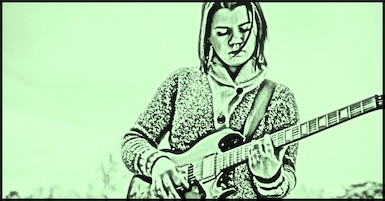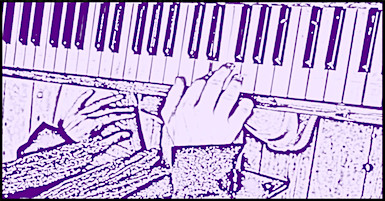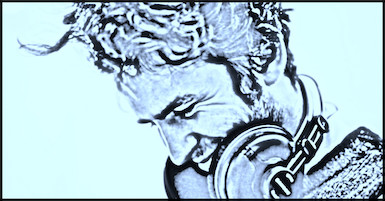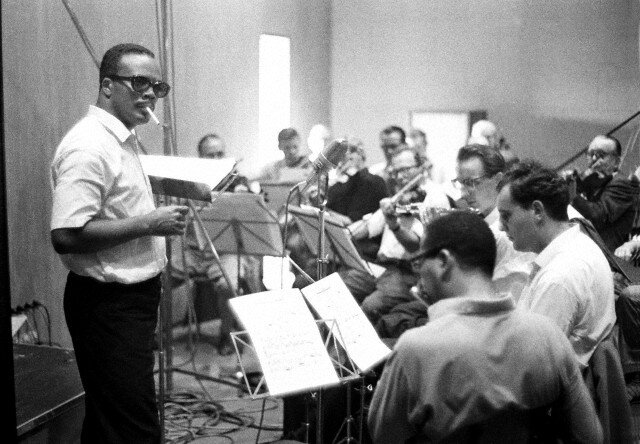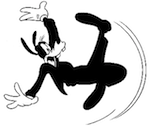I’ve been hearing a lot of great cover songs in TV series and commercials lately. Last week, The Handmaid’s Tale featured a spooky, electro cover of Fleetwood Mac’s “The Chain” by Kerala Dust. VRBO is re-airing a commercial with John Legend covering the Johnny Nash hit “I Can See Clearly Now.” An INXS cover version of “Never Tear Us Apart”—a hit for both Tom Jones and Joe Cocker—is currently being used in a long-form commercial for Michael Hill Jewelry. And recently NCIS: Hawai’i used Kina Grannis’ great guitar/vocal cover of “Shut Up and Dance” originally by Walk the Moon.
Cover songs are giving old favorites a new life and new, indie artists added traction!
